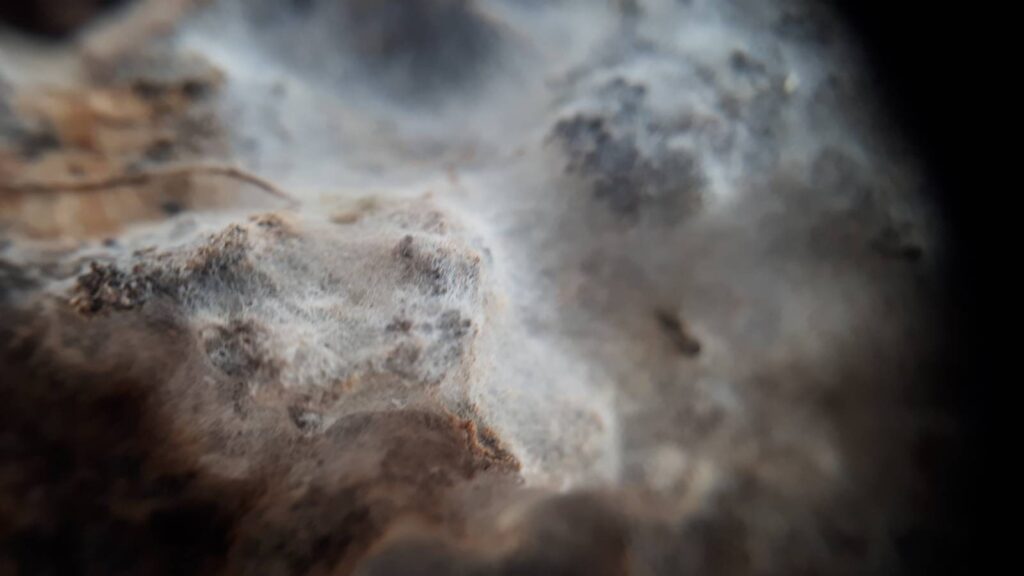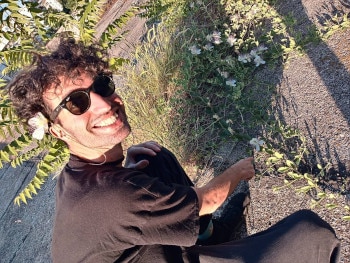The popularisation of microbiology, from school biology classes to popular science books and online materials, produces an idea of lively activity all the way down to a very small scale, a presence of sizes we cannot perceive. The microbe of the lab is singular, isolated, determined, known and controlled. It is a pure colony, a swimming cell illuminated through the microscope, a genetic sequence. Does such a thing exist in a garden? Not that microbial cells aren’t there, of course – one thing we know about microbial life is that it can be found almost everywhere. But if what we know is at least in part produced by how we know it, then what is the microbial in the garden, and where is it to be found?
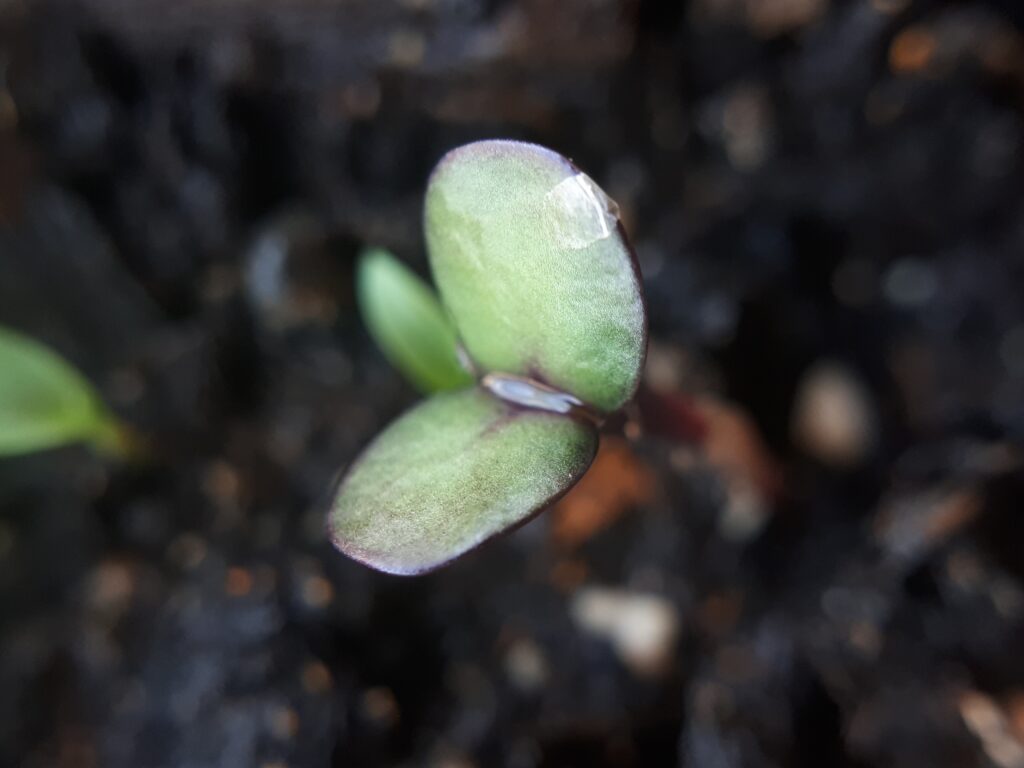
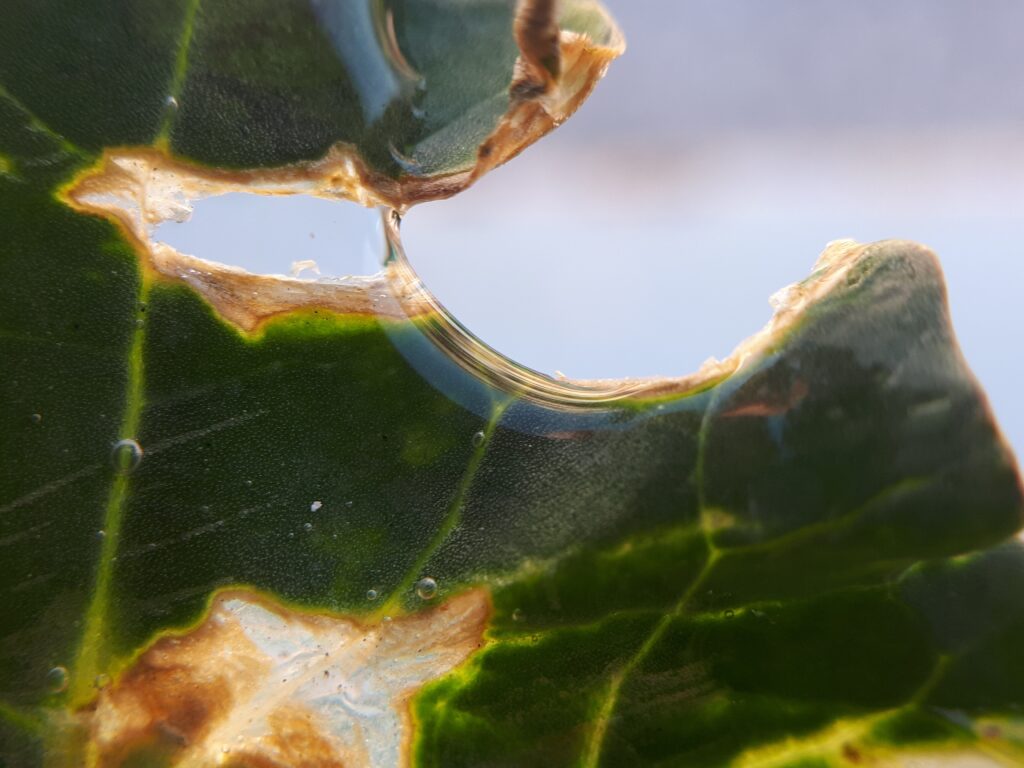
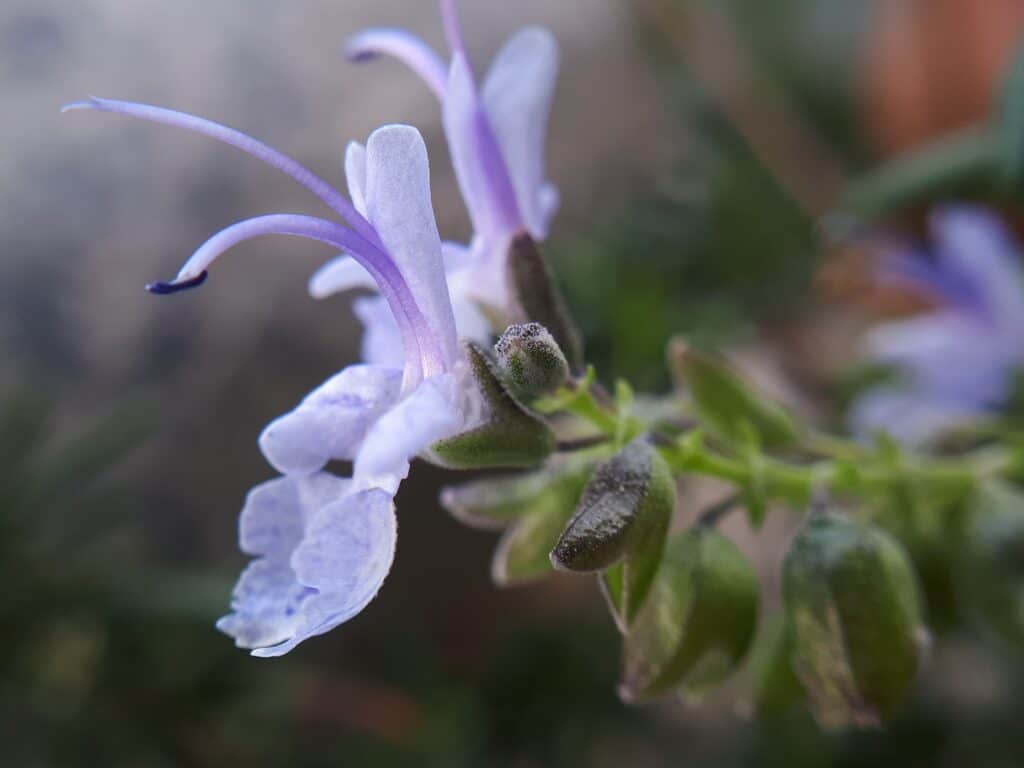
I take a macro lens, in the form of one of these attachments that clamp on your phone, to look at various things in the garden. It doesn’t go anywhere near the scale of the microbial. It doesn’t give me the ability to see anything that I can’t already see with the naked eye. But it does allow the camera to get much closer and it has a very narrow field of view. In a picture, this produces a sense of very focused attention, which I think conveys something of the wondering of the attentive gaze of a gardener. In the still sharpness of the pictures, I get a feeling of an undercurrent and loud noise. Is this the microbial?
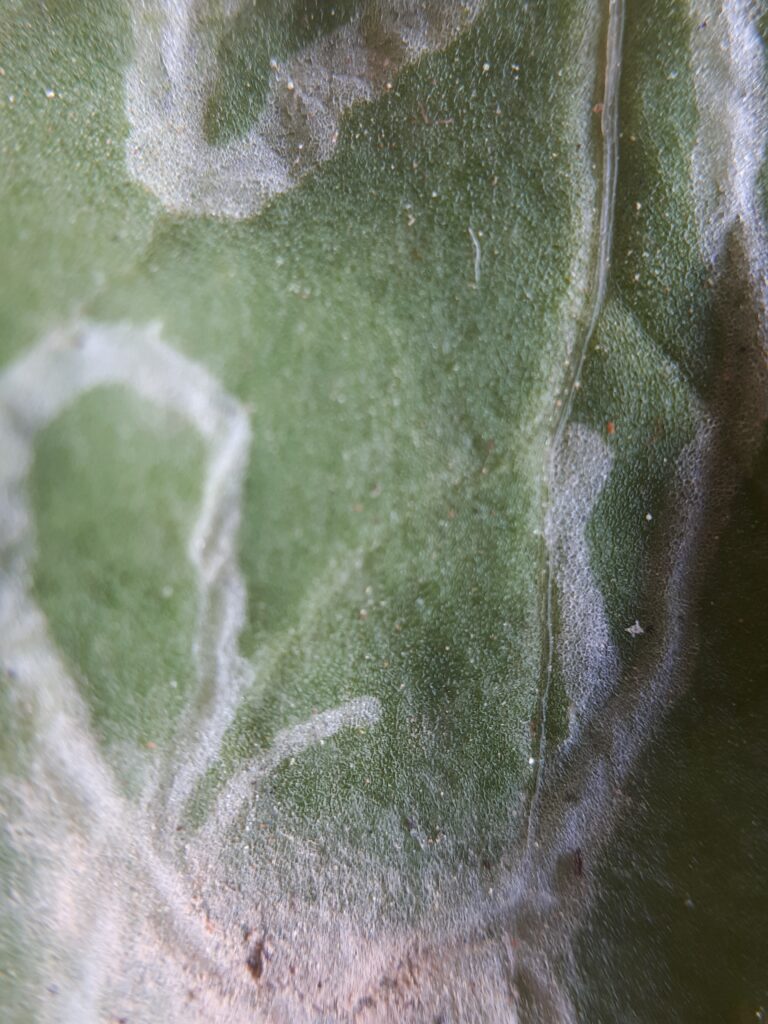
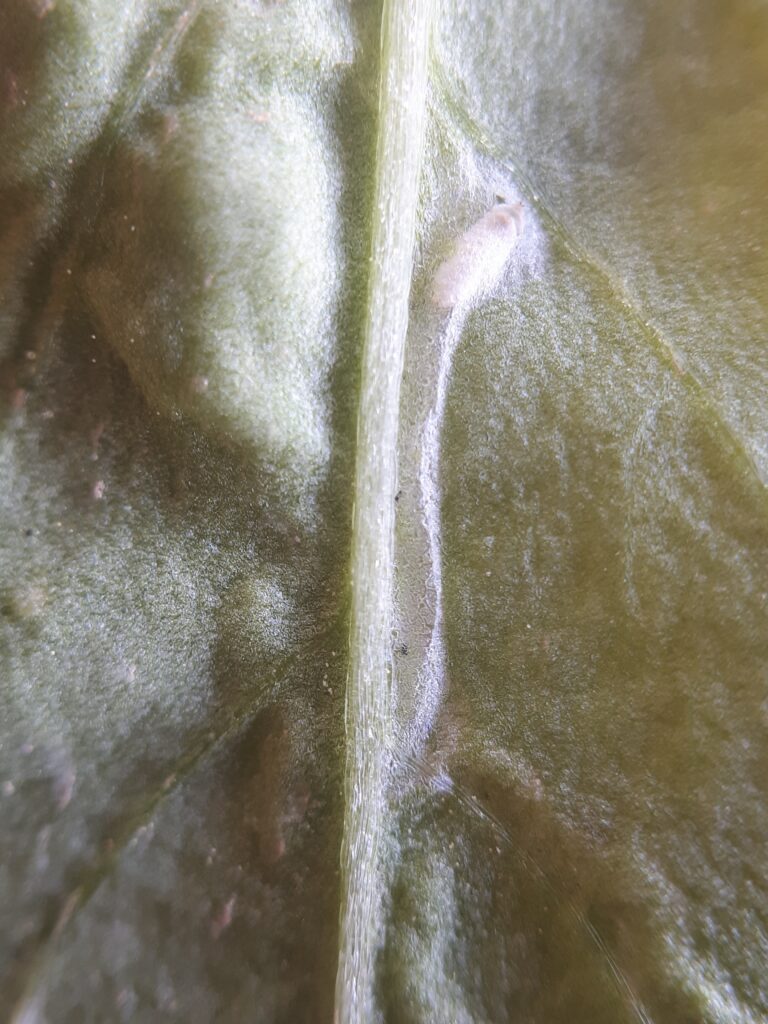
A leaf-burrower. An insect larva that, after hatching in the leaf, eats its way to a more mature size, getting ready for metamorphosis. In the economic terms of biological science, the insect is a parasite, possibly also a vector of microbial parasites that will benefit themselves while harming the plant. But what if the plant – or the insect, or the microbes – does not ascribe to this economy? To this sense of “benefits” and “self”? Carla Hustak and Natasha Myers (2012) speak of the possibility of pleasure as a factor of evolution, considering the example of Ophrys orchids and the insects that pollinate them without getting any nectar “reward”. Michael Marder (2013) speaks of plants as having inexhaustible generosity – growing, producing leaves and seeds in excess, giving themselves up. The teleological ideal picture of a mature plant as the hidden truth, as the latent purpose inside every seed, goes out the window, Marder explains, when you consider that the vast majority of seeds produced by a plant become food or humus, rather than new plants.
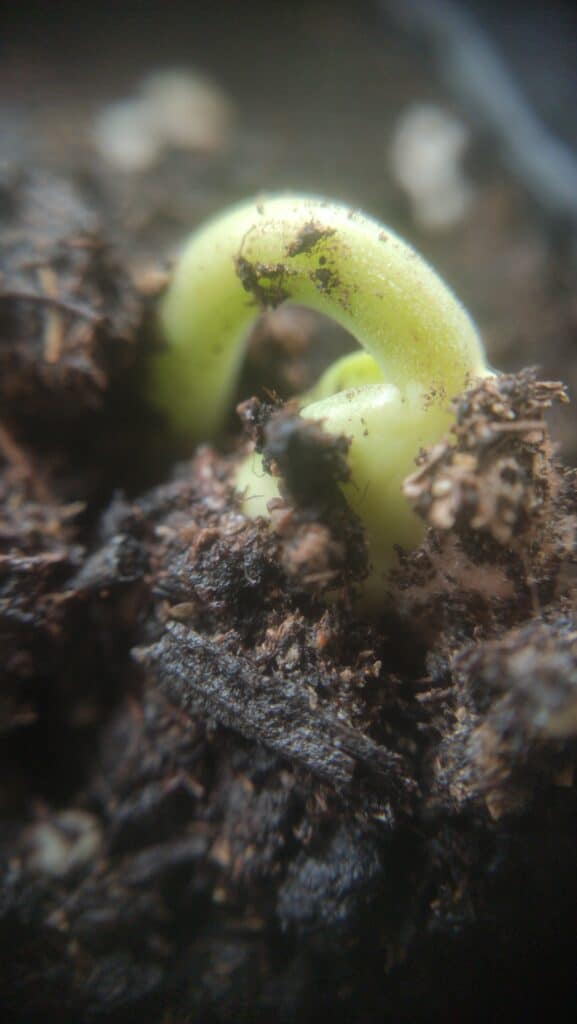
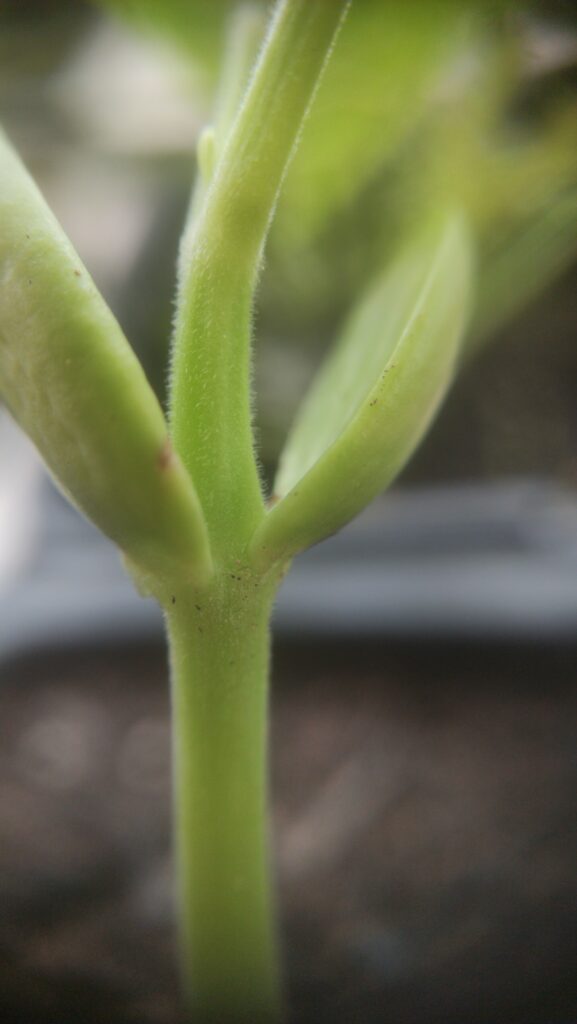
In Solar Politics (2022), Oxana Timofeeva, drawing from the works of Georges Bataille, describes the sun as a great giving force – a force of excess. The sun provides an overabundant amount of energy, most of which is lost in space, with only a small part being used by Earth’s systems. It is fitting that plants, turning their leaves to the sun, would also be excessively giving. But for Timofeeva, the solar is within everything. It is the aspect of things that unfolds in the absence or in spite of an economic obsession with production. At the cosmic scale, Timofeeva argues, conventional economic logic is inverted: the problem is not one of production against a backdrop of scarcity, but of consumption against a backdrop of excess.
In its undetermined unboundedness, the microbial is in excess in the garden, as in most places. I speak of “the microbial” because I feel that “the microbe” best refers to this thing that exists in the lab – a specific entity that, outside the lab, is somehow lost. In the garden, “the microbial” is an element. It’s always-already there, its processes are “always ongoing”, as Maya Hey would say. It is always multiple, in assemblages of compost, decay, fermentation, disease, soil formation and other multi-species forms of play.
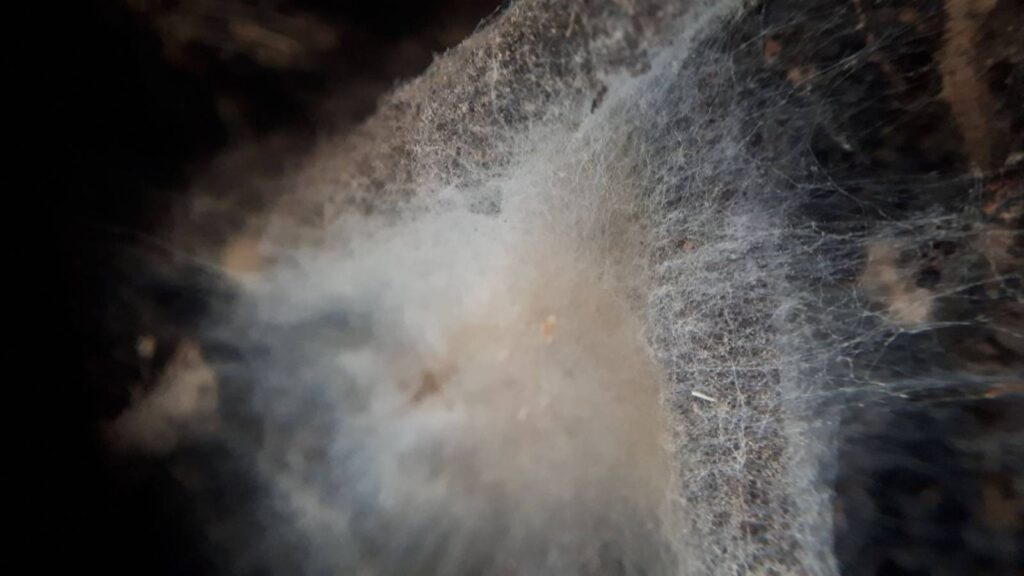
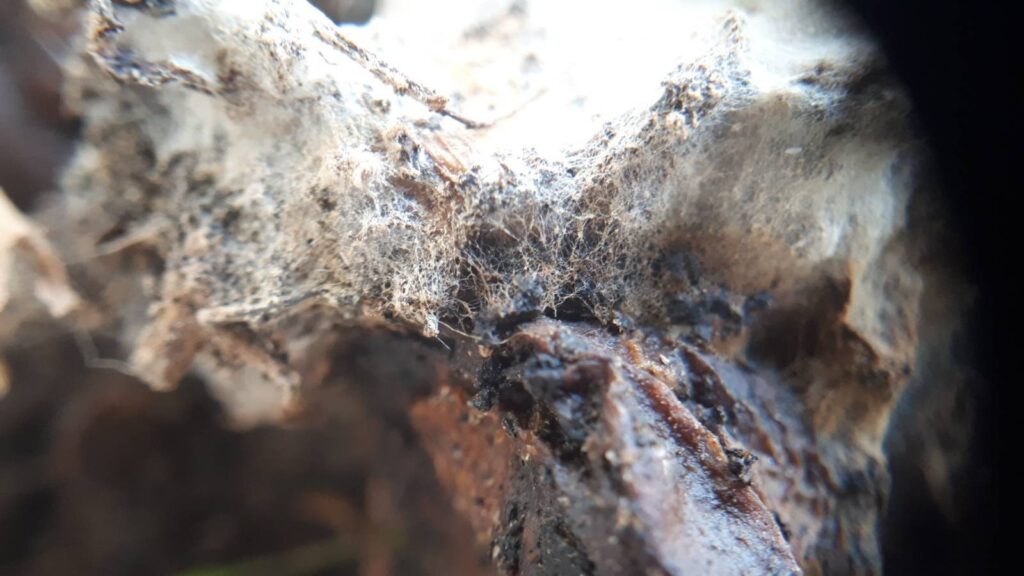
This short piece is a product of reflections on sensory observations and ethnographic fieldwork on urban gardening in Athens, Greece, as well as multiple discussions surrounding the microbe as an object of knowledge at the CSSM. All pictures by Faidon.
References
Hustak, C., & Myers, N. (2012). Involutionary momentum: Affective ecologies and the sciences of plant/insect encounters. differences, 23(3), 74-118.
Marder, M. (2013). Plant-thinking: A philosophy of vegetal life. Columbia University Press.
Timofeeva, O. (2022). Solar politics. Polity Press.
